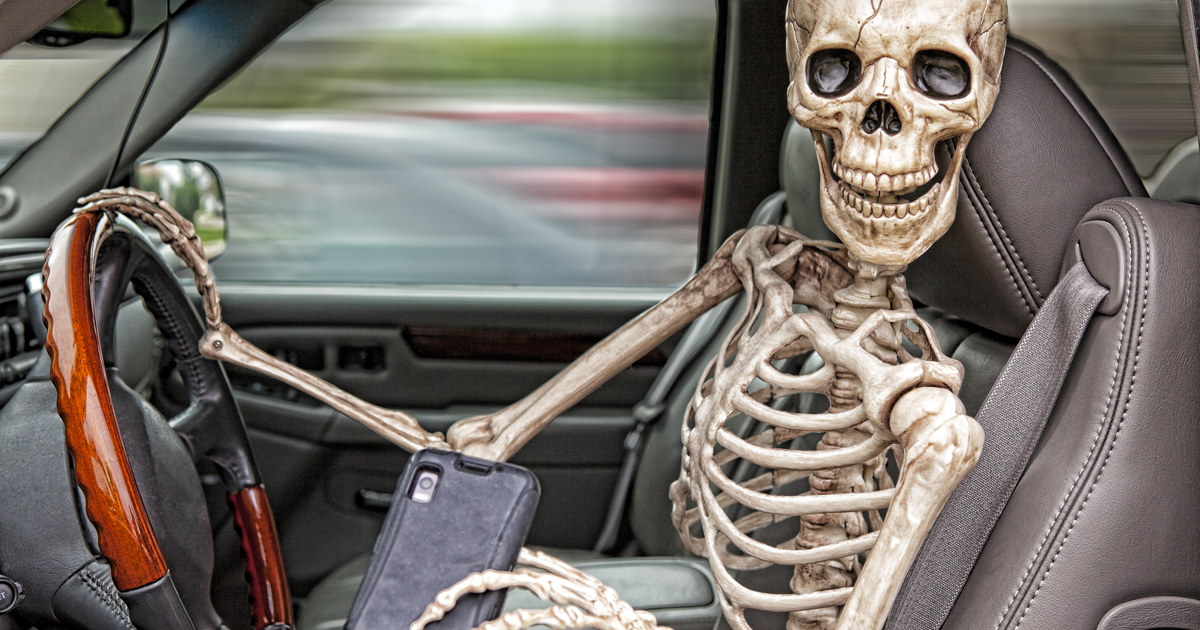
You cannot traverse a major road system in the United States without encountering numerous forms of work-related vehicles. Envision yourself on the local business expressway; semi-trailers lumber along towing various kinds of merchandise, and small company vehicles buzz through traffic. Local heating and cooling companies, delivery services, rental services, plumbers, electricians, and repairmen all travel between job sites. All of these jobs have one very significant thing in common: road safety. If you have employees out on the road, driving between worksites and transporting goods, make sure they are ready to face the dangers of traveling. Do everything in your power to ensure they reach their destination safely, while keeping those around them from harm as well.
How dangerous are the roads?
Work-related driving is one of the deadliest hazards found in many job environments across the United States. The Occupational Safety and Health Administration’s statistics show that roadway accidents account for nearly 2,000 deaths a year. This number of deaths contributes nearly 40 percent of the 4,500 work-related deaths annually. Clearly, with the large range of services companies offer and the area covered by a single company, staying off of the roadways is not an option. Not to mention, semi-trailers are the nation’s top way to move commercial product throughout the nation. Still, there are ways to improve the conditions for your employees on the road, and cut down on road hazards while still providing service to a large area.
What are the most significant road hazards?
There are a number of significant hazards that effect drivers. These hazards are not specific to any individual, and can be the cause an accident for anyone who does not actively work to avoid them.
Distracted driving, including texting-and-driving is one of the greatest hazards endangering those on the job, as well as the rest of the population. Distracted driving involves a variety of activities such as cell phone use, changing radio stations, applying makeup, eating, doing paperwork, or any other activity that takes one’s attention from the road. Still, the world depends heavily on technology. Smartphones have allowed large corporations, as well as small business, to improve communication, streamline scheduling, and increase efficiency in their workforce. In fact, according to NHTSA, smart phone ownership among drivers jumped from 52% to 80% between 2012 and 2014. It’s undeniable that smart phones made life simpler. However, they also create a significant hazard with drivers. Statistics show that in 2014 there were over 3,000 deaths from distracted driving, and over 400,000 injuries.
Fatigue and drowsiness are other significant hazards faced by employees in many different occupations. Some employees, like semi-truck drivers, need to drive long distances and can fall behind on sleep. Drivers falling asleep at the wheel can cause accidents. However, even drowsiness alone can reduce one’s capacity for focus and can dull the reflexes. Even workers who drive shorter distances are susceptible to drowsiness behind the wheel, especially if their occupation requires long hours and late nights.
How can these hazards be reduced?
There are very effective steps that can be taken to combat these driving hazards. Employers need to emphasize the dangers involved with distracted driving. Any job environment that requires quick and effective communication between employees can make for a difficult obstacle when trying to reduce phone use while driving. Still, employers need to clearly outline effective solutions for their employees who will be on the road. For instance, many times there is a co-worker present in the passenger seat. Whenever this is the case, the passenger should handle all cell phone communications, even if it is the driver’s phone that is in use. Any driver who is alone should refrain from ALL cellphone use, including phone calls, microphone-aided texting, and checking emails. Employees should be encouraged to pull over to a safe area when they need to make a call. Additionally, meals should be eaten inside restaurants, or in a parked car. Eating while driving is just as dangerous as cell-phone use behind the wheel. Finally, the National Safety Council offers training courses, workshops, and other services to help employers educate their employees on the dangers of distracted driving and how to avoid it.
Drowsiness is a more difficult hazard to combat than distracted driving. Many employees suffer through long hours of driving while on limited sleep. Overworking, bad nutrition, stress, and a variety of other factors can contribute to drowsiness. Employers need to encourage and help their employees by allowing appropriate time off, reducing workloads when possible, and promoting healthy eating and sleeping habits. However, employees need to be aware of their own condition and take steps to prevent drowsiness. Employees should always get plenty of sleep if they know they will be on the road the next day. Proper nutrition and physical fitness will help maintain healthy sleeping habits. Employees need to be aware, and not afraid to ask for the time off that they need. Proper recovery from excessive work is important.
Finally, employers should always promote the proper safety protocols for their employees on the road, such as wearing seatbelts. It is also the employers job to maintain the company vehicles, and stay up to date on maintenance. Perpetuating an atmosphere of work-safety and driving safety is essential to bringing employees on board with preemptive practices. Safety scoreboards are a great way to increase awareness and encourage a team-oriented approach to occupational safety. The roadway presents a variety of hazards in its own right. Do not let laziness, distracted driving, and drowsiness make your workers’ trips more dangerous than they already are.




